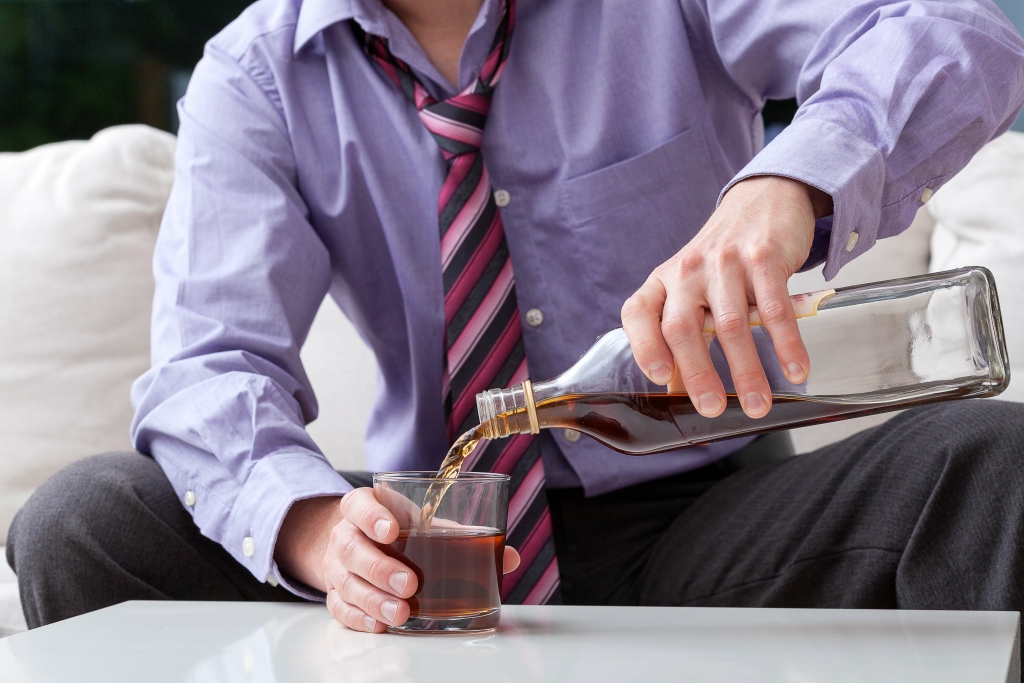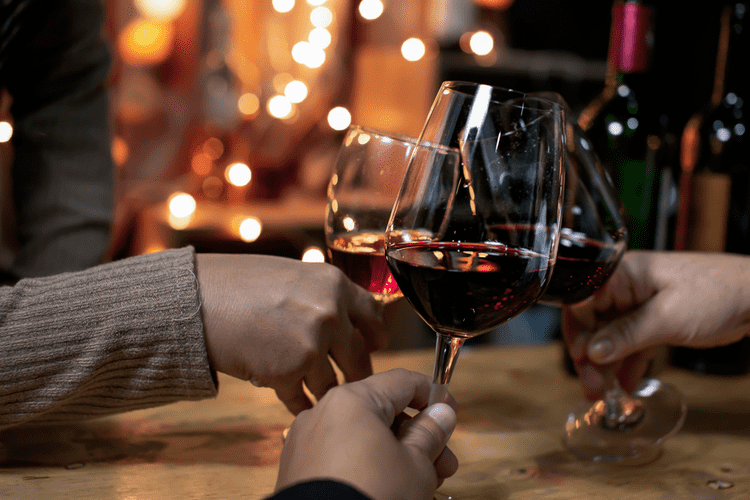En bloc blackouts are the more dangerous of the two types of blackouts. When a person experiences en bloc blackouts while drinking, there is a large block of time in which information cannot be transferred from short- to long-term memory. Additionally, they are still able to retain information successfully in short-term memory, allowing them to engage in conversation, dancing, walking, and more. The worst part is that they are capable of driving a car and operating other dangerous machinery and equipment as well.
- They may also be off balance, having difficulty walking straight, and their eyes may be watery and red.
- If you have more than a single drink, most alcoholic drinks will tend to initially raise your blood sugar.
- The best way to manage your diabetes is to follow a proper diet and exercise regularly.
And unless you have other health conditions that call for avoiding alcohol, there’s no reason why you can’t enjoy a refreshing glass of wine or unique microbrew now and then. With treatment, most people will be able to continue their daily activities. If a person’s blackouts are related to an underlying medical condition, they should stop once the person receives treatment to manage the condition.
Medication Interactions
Food slows down the rate at which alcohol is absorbed into the bloodstream. Be sure to eat a meal or snack containing carbohydrates if you are going to drink alcohol. Take our free, 5-minute alcohol abuse self-assessment below if you think you or someone you love might be struggling with alcohol abuse. The evaluation consists of 11 yes-or-no questions that are intended to be used as an informational tool to https://trading-market.org/alcoholic-ketoacidosis-information-new-york/ assess the severity and probability of an alcohol use disorder. The test is free and confidential, and no personal information is needed to receive the results. A comprehensive, systematic literature review was conducted to examine all articles published between January 2010 through August 2015 that focused on examined vulnerabilities, consequences, and possible mechanisms for alcohol-induced blackouts.

Even if you only rarely drink alcohol, talk with your healthcare provider about it so that he or she knows which medications are best for you. Second, diabetics who have consumed alcohol, particularly those with type 1 diabetes, experience a delayed glucose recovery from hypoglycemia. This means that after an episode of hypoglycemia, glucose levels return to normal more slowly in drinking diabetics than in nondrinking diabetics, suggesting an alcohol-related impairment in the counter-regulatory response to hypoglycemia (Avogaro et al. 1993). Detailed analyses demonstrated that although the glucagon and epinephrine responses to hypoglycemia were unaffected, the growth hormone and cortisol responses were reduced after alcohol consumption. Two additional medications—metformin and troglitazone—are now being used to treat people with type 2 diabetes.
Are you diabetic or could you be pre diabetic – World Diabetes Day 2017
Conversely, long-term alcohol ingestion in diabetics who are not adequately nourished can lead to dangerously low blood sugar levels. Heavy drinking, particularly in diabetics, also can cause the accumulation of certain acids in the blood that may result in severe health consequences. Finally, alcohol consumption can worsen diabetes-related medical complications, such as disturbances in fat metabolism, nerve damage, and eye disease. Although detailed data on alcohol use were collected prospectively in the ADVANCE trial, the current study is a retrospectively performed (post hoc) analysis. The current analyses are based on the consumption of alcohol at the time of randomization in the ADVANCE trial. This may not have accurately captured the prior or subsequent behavior of the participants, and we are unable to assess the duration of alcohol consumption.
- Avoid binge drinking, which is defined as consuming five or more drinks in about two hours for men, or four or more drinks for women.
- Finally, alcohol consumption can worsen diabetes-related medical complications, such as disturbances in fat metabolism, nerve damage, and eye disease.
- Even if you have a drink, this may not influence short-term blood glucose levels.
- Unlike protein, fat, or carbohydrate, alcohol doesn’t require insulin to provide energy to the body.
• A blackout occurs when the brain is temporarily unable to record memories. It can be induced by drinking, because alcohol disrupts the activity of the hippocampus, inhibiting its ability to create The Most Common Causes Of Bruising After Drinking Alcohol Nervous System Disorders and Diseases medical answers Body & Health Conditions center long-term memories. “It’s like a temporary gap in the tape,” Aaron White of the US’s National Institute on Alcohol Abuse and Alcoholism told BBC Future in an earlier story on blackouts and drinking.
Alcohol: Here’s Who’s Most Likely To Black Out While Drinking Time
It\’s additionally important to note that blacking out while drinking is not the same as passing out. People who blackout can continue making decisions and interacting with others. Furthermore, if you have been drinking heavily, there may be a risk of hypos for up to 16 hours (or even more) after you have stopped drinking.
And when it comes to guessing the carb-content in an alcoholic beverage, Harris says people too often make false assumptions. The reason diabetes and alcohol is such a complicated combination is because your body essentially views alcohol as a poison that the liver must process immediately. For people living with diabetes, simple dietary and lifestyle choices can have a large impact. Understanding how alcohol use affects diabetes can help you decide how it fits into your life.
Alcohol and diabetes: How does it affect blood sugar levels?
In social settings in which binge drinking has been normalized, people often fail to recognize the seriousness of blackouts. On college campuses all throughout the nation, many students routinely blackout during weekend parties and other social events. They are a sign that the body is becoming increasingly less able to tolerate the effects of excess alcohol consumption.
On the flip-side, you may become so drunk that you forget to take your evening long-acting insulin dose or you forget to dose insulin for the pizza and cake you ate a party. Then, while still unconscious, your blood sugar is rising to dangerously high levels, putting you at risk for diabetic ketoacidosis, coma, or death. Living with diabetes does not necessarily mean you have to avoid alcohol completely. In fact, there are certain health benefits to the occasional cocktail or drink. Moderate drinkers, for example, have been shown to experience lower rates of cardiovascular disease.
But what does being ‘blackout’ really mean in terms of brain processing, memory formation, and how someone acts – and how common is it, particularly among young people? The median follow-up of 11,140 patients in the study was 5 years, during which 1,147 (10%) participants experienced a major cardiovascular event, 1,131 (10%) experienced a microvascular complication, and 1,031 (9%) died (Table 2). It acts by inducing an unpleasant physical response (e.g., nausea and vomiting) after alcohol consumption. 3A standard drink contains 12 grams (approximately 0.5 ounce) of pure alcohol.

